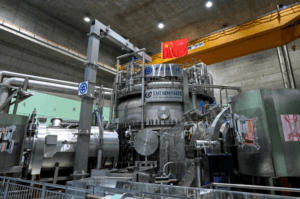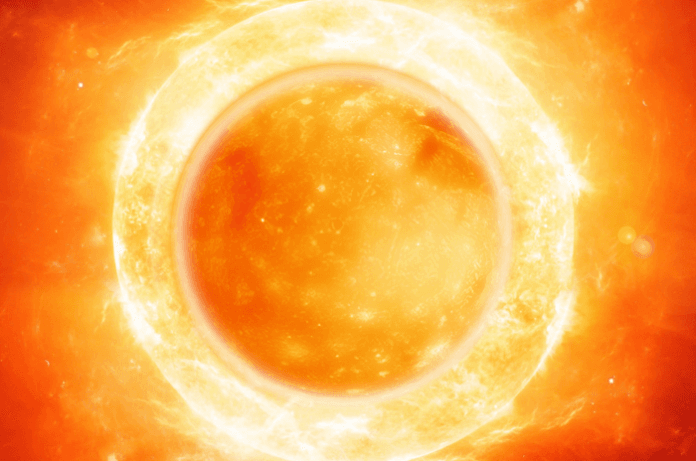Imagine a machine capable of creating temperatures hotter than the core of the Sun—not just for a fleeting moment, but for an awe-inspiring 17 minutes. This is no sci-fi fantasy; it’s the groundbreaking achievement of China’s Experimental Advanced Superconducting Tokamak (EAST), also known as the “artificial sun.” With this jaw-dropping milestone, China has just turned a bold vision of limitless clean energy into a blazing reality.
Artificial Sun Milestone: World Record
On January 20, 2025, China’s Experimental Advanced Superconducting Tokamak (EAST), known as the “artificial sun,” achieved a groundbreaking milestone in nuclear fusion research. The reactor sustained a high-confinement plasma operation for 1,066 seconds—approximately 17 minutes—at temperatures exceeding 100 million degrees Celsius, surpassing its previous record of 403 seconds set in 2023 reported told the state news agency Xinhua.
This achievement signifies a critical step toward realizing nuclear fusion as a viable and virtually inexhaustible source of clean energy. Nuclear fusion, the process that powers stars, involves fusing light atomic nuclei to release energy. Replicating this process on Earth requires maintaining extremely high temperatures to overcome the repulsive forces between positively charged nuclei. The core of the sun reaches approximately 15 million degrees Celsius; however, achieving fusion on Earth necessitates temperatures exceeding 100 million degrees Celsius due to lower pressure conditions.
EAST Success: Stable Plasma State
EAST’s success demonstrates China’s growing capabilities in sustaining the conditions necessary for nuclear fusion. Maintaining a stable plasma state for over 1,000 seconds is pivotal for the development of future fusion reactors, which must operate continuously to generate electricity efficiently.
Song Yuntao, director of the Institute of Plasma Physics under the Chinese Academy of Sciences (ASIPP), highlighted that achieving self-sustaining plasma operation for such durations is essential for the continuous power generation of future fusion plants.

The EAST facility, located in Hefei, Anhui Province, has been operational since 2006 and serves as an open test platform for both Chinese and international scientists to conduct fusion-related experiments. China’s commitment to fusion research is further evidenced by its participation in the International Thermonuclear Experimental Reactor (ITER) project in southern France, where it contributes approximately 9 percent to the project’s construction and operation.
Despite these advancements, significant challenges remain. Achieving and maintaining the extreme conditions required for fusion reactions, ensuring the structural integrity of reactor materials under intense heat and radiation, and developing cost-effective technologies for energy extraction are complex issues that researchers continue to address. Nonetheless, China’s recent accomplishments with EAST provide valuable insights and data, propelling global efforts to harness fusion energy.
Conclusion
In summary, China’s EAST facility has set a new benchmark in nuclear fusion research by sustaining high-temperature plasma for over 1,000 seconds. This milestone brings the scientific community closer to achieving practical fusion energy. It offers the promise of a clean, safe, and virtually limitless energy source for the future.
China’s artificial sun isn’t just breaking records—it’s lighting the way to a future powered by clean, limitless energy. With each milestone, humanity inches closer to replicating the very force that fuels the stars. While challenges remain, the promise of nuclear fusion could revolutionize how we power our world—no emissions, no limits, just infinite possibilities. The question isn’t if fusion will change the game; it’s how soon. The future is glowing, and it’s six times hotter than the sun

